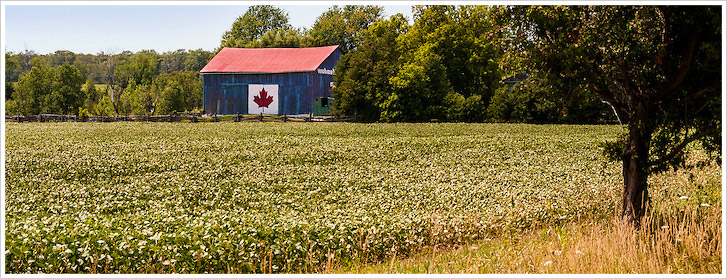The Trump Administration started the process of re-negotiating NAFTA this week. One wonders if the rapidly spreading populations of U.S. born and bred glyphosate-resistant waterhemp in Ontario will be on the agenda.
The first Canadian glyphosate-resistant (GR) waterhemp was discovered in 2014 in Lambton County, Ontario. In 2015, GR waterhemp was confirmed in 40 fields in three counties. The area infested in both Canada and the U.S. is now rapidly expanding, and will soon encompass most acres planted to GR corn and soybeans over the last 10+ years.
All populations of GR waterhemp were also resistant to Group 2 herbicides (e.g., imazethapyr), and most were resistant to atrazine (Group 5). Over 60% of the populations were resistant to all three groups of herbicides.
Resistant waterhemp is extremely difficult to control and can spread fast. This weed can germinate and grow throughout the season, and each mature plant can produce up to 4.8 million seeds. Waterhemp in soybeans can reduce yields by up to three-quarters.
In 2008, GR waterhemp was first detected in the U.S. in Missouri. It has spread in all directions, and reached southern Ontario in 2014.
Source:
Schryver, G et al., “Glyphosate- and multiple-resistant waterhemp (Amaranthus tuberculatus var. rudis) in Ontario, Canada,” Online Canadian Journal of Plant Science, April 25, 2017,

